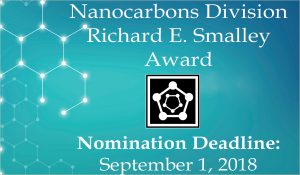 Nomination Deadline: September 1, 2018
Nomination Deadline: September 1, 2018
You are invited to nominate qualified candidate(s) for the Nanocarbons Division Richard E. Smalley Award.
The Nanocarbons Division Richard E. Smalley Research Award was established in 2006 to encourage research excellence in the areas of fullerenes, nanotubes and carbon nanostructures. The award consists of a scroll, a $1,000 prize and travel assistance to attend the 235th ECS biannual meeting in May 2019 in Dallas, TX for formal recognition. Explore the full award details on the ECS website prior to completing the electronic application.


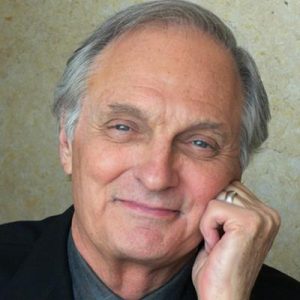

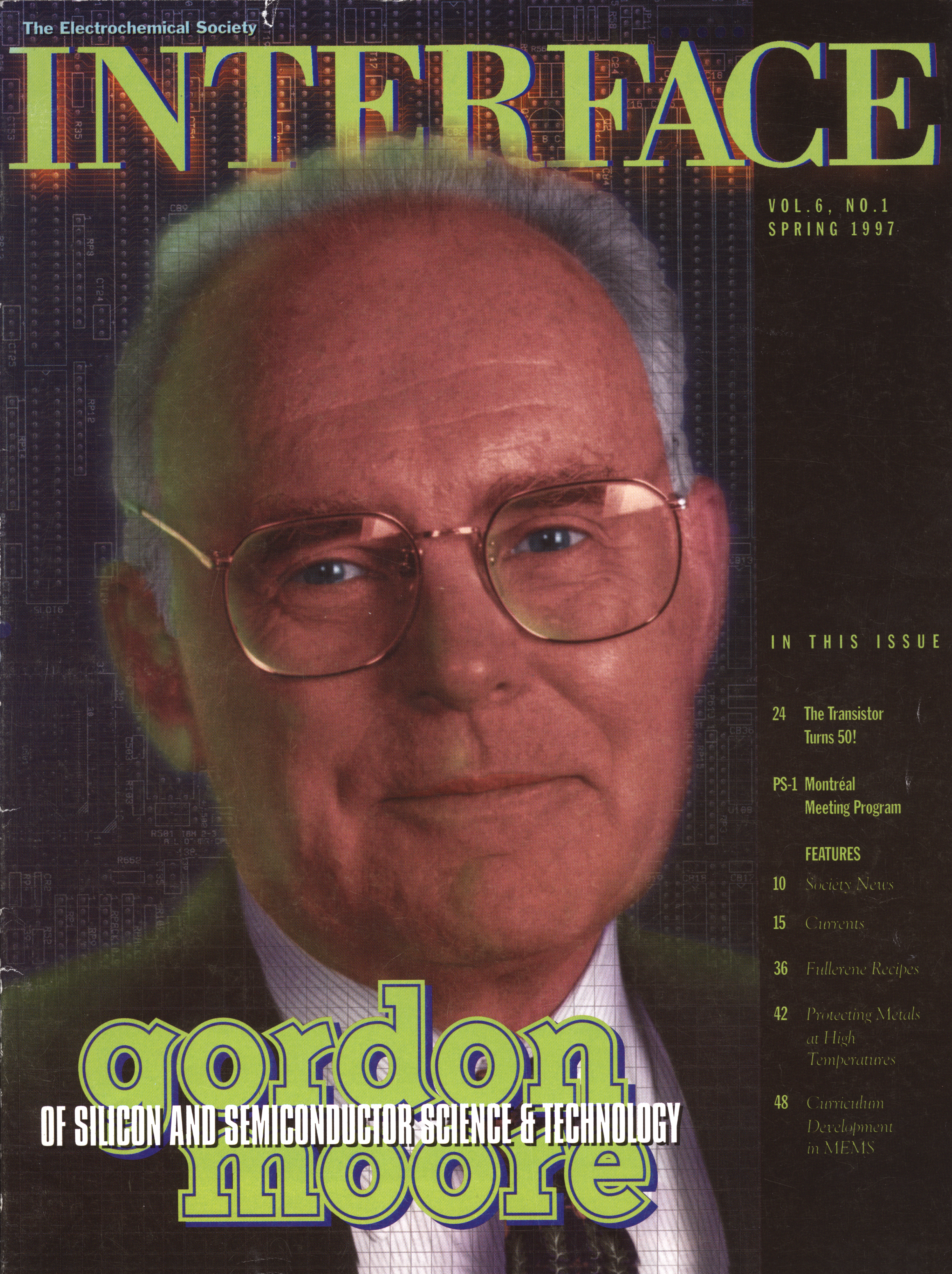 Nineteen sixty-eight marked a year of tragedy but also of transformation. It may be 50 years in our past, but what occurred that year is still very much alive with us today. Here are our top 5 reasons why the scientific advances of that year are super “groovy” in our book:
Nineteen sixty-eight marked a year of tragedy but also of transformation. It may be 50 years in our past, but what occurred that year is still very much alive with us today. Here are our top 5 reasons why the scientific advances of that year are super “groovy” in our book: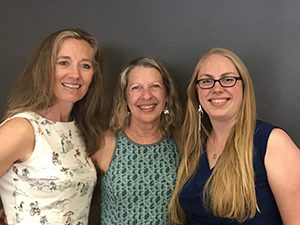
 The world is full of connected devices – and more are coming. In 2017, there were an
The world is full of connected devices – and more are coming. In 2017, there were an 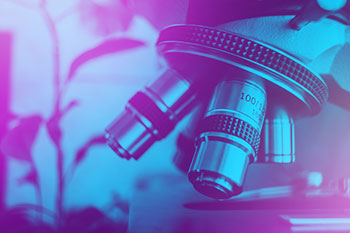 Lenses are no longer necessary for some microscopes, according to the engineers developing FlatScope, a thin fluorescent microscope whose abilities promise to surpass those of old-school devices.
Lenses are no longer necessary for some microscopes, according to the engineers developing FlatScope, a thin fluorescent microscope whose abilities promise to surpass those of old-school devices.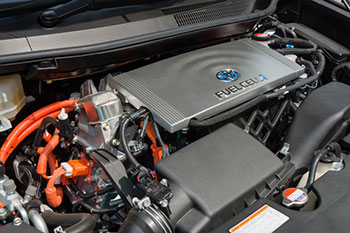 Using advanced computational methods, University of Wisconsin–Madison materials scientists have discovered new materials that could bring widespread commercial use of solid oxide fuel cells closer to reality.
Using advanced computational methods, University of Wisconsin–Madison materials scientists have discovered new materials that could bring widespread commercial use of solid oxide fuel cells closer to reality.
